RTÉ's David McCullagh reviews David Jameson's new book The Tilson Case: Church and State in 1950s' Ireland, which tells the story of one the most extraordinary causes célèbre of twentieth-century Ireland.
In December 1941, Ernest Tilson was desperate to get married. His girlfriend, Mary Barnes, was pregnant, and given the social mores of the time, a quick marriage was vital. There was only one problem: Ernest was Protestant, Mary was Catholic, and her parish priest was not disposed to grant the dispensation required for a mixed marriage.
Eventually, the couple got the dispensation, after both had signed an undertaking that any children of the marriage would be raised as Catholics, as was required of any non-Catholic seeking to get married in a Catholic church.
The couple were duly married, and went on to have four sons. Unfortunately, the marriage ran into difficulties, partly because they continued to live in Mary's parents' house, where the cramped conditions and lack of privacy had an effect. Mary and Ernest became estranged.
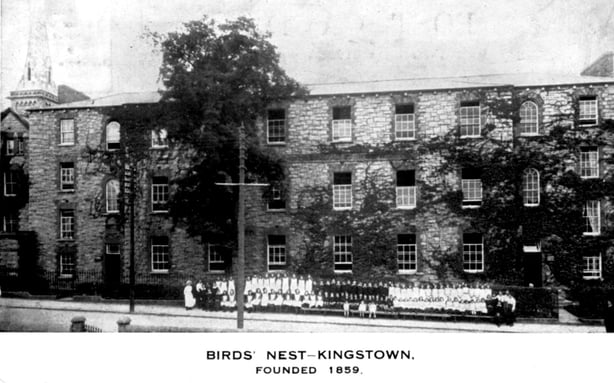
(Image courtesy of Dun Laoghaire-Rathdown Local Studies Department)
It was what happened next that catapulted this from a sad but not uncommon story into a major national controversy: Ernest brought religion into it, deciding that he wanted the boys to be brought up as Protestants, and removing three of them to a Protestant-run orphanage in Dún Laoghaire, Mrs Smyly's Home (better known as the Birds’ Nest).
Thus began the Tilson Case, a major controversy which (as the sub-title of this book suggests) casts new light on Church and State in 1950s Ireland.
If Ernest Tilson’s rash action started the fire, it was George Gavan Duffy, President of the High Court, who threw petrol on the flames.
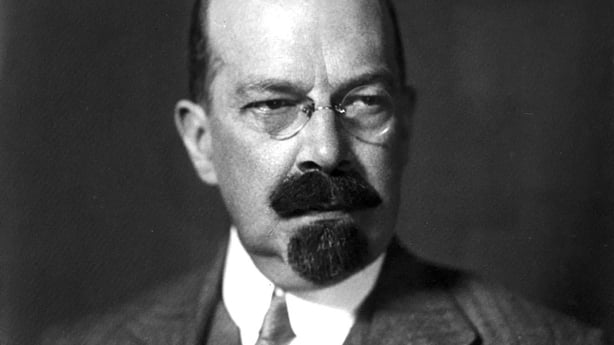
(Image courtesy of the National Library of Ireland)
Under the existing doctrine of "paternal supremacy", Ernest was within his rights to unilaterally decide that the children should be brought up as Protestants. Previous cases in the Irish courts – even after the passage of the 1937 Constitution – had upheld paternal supremacy, so there was no reason for Tilson and his legal team to be worried about the outcome; but Gavan Duffy had other ideas.
As President of the High Court, he decided to put himself in charge of the case, and to sit alone, rather than nominating a panel of three High Court judges, as frequently happened in significant cases. He later acknowledged in court that he could have done so, but claimed it had not been "practicable" - Jameson concludes that while there may have been a shortage of judges due to summer holidays, it was also possible that Gavan Duffy "recognised the opportunity to make a decision of lasting significance, and did not want other judges interfering with this plan."
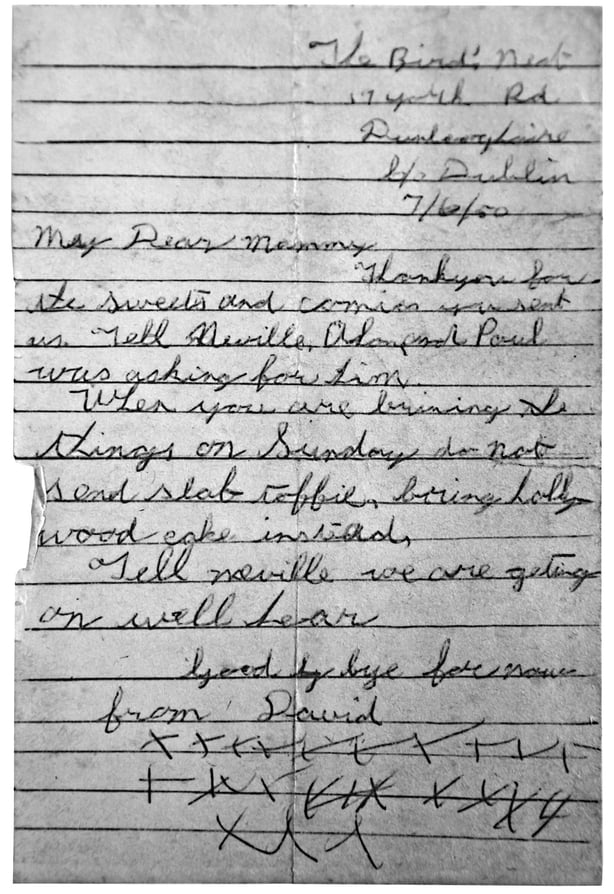
(Image courtesy of the Tilson family)
Gavan Duffy could have ruled in Mary’s favour on the grounds that Ernest had allowed his sons to be raised as Catholics, and had therefore surrendered his right to determine their religion. Instead, he explicitly based his judgement on the 1937 Constitution, and in particular on those articles "which were influenced by Catholic social teaching; this approach allowed him to lay heavy emphasis on the Catholic Church, which highlighted Ireland’s confessional divisions and showed an anti-Protestant bias."
He overturned previous case law by holding that the pre-nuptial agreements to raise the children as Catholics were binding, and ordered that the boys should be returned to their mother.
It is this judgement, based on an explicitly sectarian reading of the Constitution, which is best remembered today, and which caused huge controversy at the time, heightening the fears of the small (and shrinking) Protestant minority that "the dice were loaded against them", and providing a gift to northern Unionists, proof they claimed of "Rome rule" in the south.
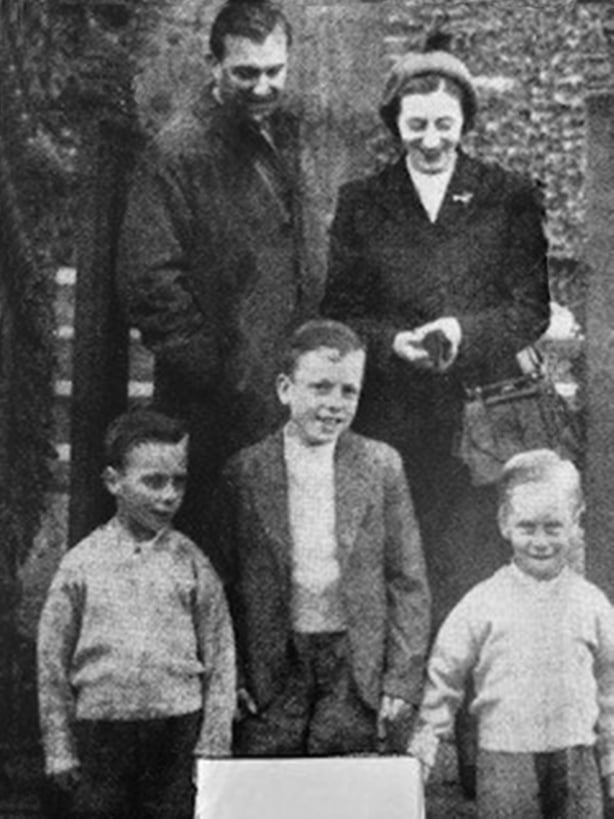
by their mother and solicitor, George McGrath
(Image courtesy of the Daily Express, Irish edition)
What is less remembered is that while the Supreme Court also found in Mary’s favour when the original judgement was appealed, it did so on a completely different basis, ignoring the "special position" of the Catholic Church, and instead looking solely at Article 42.1, which gave parents the right to provide education for their children – both parents, the Court argued, not just the father. Therefore, one parent couldn’t unilaterally decide to ignore the pre-nuptial agreement.
By recognising the equal rights of the parents, Jameson argues, the Supreme Court judgement "significantly enhanced the rights of mothers and, by extension, the societal status of women in mid-twentieth-century Ireland."
Be that as it may, there is no doubt that the case divided Irish society, and that Mary and Ernest were being used by powerful forces eager to use their situation to make a point. Neither could have afforded the legal fees on their own; these were paid by their respective churches, or by members of them. While Mary’s supporters remain unidentified, Ernest’s legal fees were met by subscriptions from Protestants across Ireland.
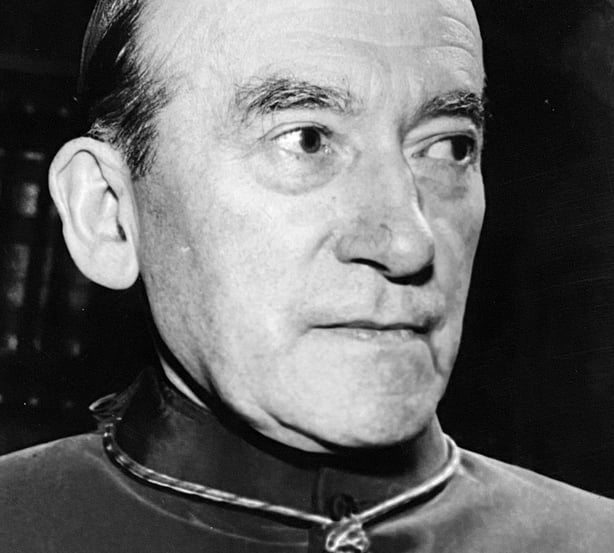
(Image courtesy of the Dublin Diocesan Archives)
Jameson suggests that the powerful Archbishop of Dublin, John Charles McQuaid, tried to influence the outcome of the case (he wrote to the Vatican claiming credit for the result), though in reality his role was probably indirect: "the judgements may be seen as a manifestation of the collective Catholic nationalist conscience that pervaded among many at the time. In this light, a phone call or a tap on the shoulder and a quiet word before the case came before the courts would have been unnecessary."
While the case had large ramifications for Irish society, it also had its impact on the people involved. Ernest lost his job, and sought help from Protestant organisations, asking plaintively at one stage for one to "use your influence to get me out of the country as soon as possible, as I fear the worst". He eventually settled in London. His family in Oldcastle, Co. Meath, suffered some intimidation and had their tailoring business boycotted for a year and a half. The boycott eventually petered out, partly because his sister Mitty was known as the best seamstress in town, and her skills were much in demand for children making their First Communion!
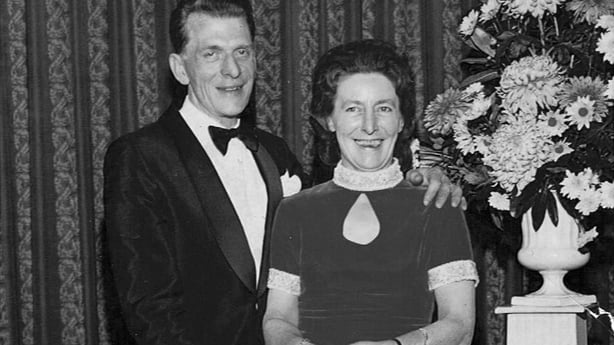
(Image courtesy of the Tilson family)
David Jameson has produced a highly readable, balanced and accessible account of what happened, and why it matters. And, surprisingly, the story has a happy ending. In 1964, 13 years after leaving Ireland, Ernest was passing through Dublin on his way to his father’s funeral when he stopped for a pint in his former local in Ballsbridge. There he ran into his father-in-law, who persuaded him to pay a visit to his wife and children. Mary’s reception for her estranged husband was frosty, but the visit began a reconciliation, and three years later, amazingly, she moved to London to live with him. The couple returned to live in Dublin in 1990; Ernest died in 1991, Mary three years later. On his deathbed, Ernest regretted placing his children in the Birds’ Nest: "If I knew what was going to happen, the court cases and all of that, I would never have done it."
The Tilson Case: Church and State in 1950s Ireland is published by Cork University Press


